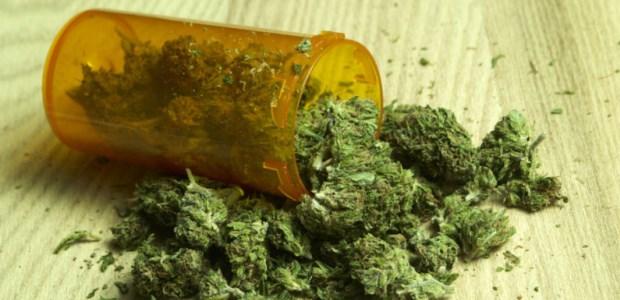
Many Medical Marijuana Users Drive High, Study Shows
Researchers who surveyed Michigan medical marijuana users found 56 percent of participants reported driving within two hours of using marijuana, 51 percent reported they drove while a "little high," and 21 percent reported driving while "very high."
A new study conducted by researchers from the University of Michigan Addiction Center shows that more than half of the people who take medical marijuana for chronic pain say they have driven under the influence of cannabis within two hours of using it at least once in the past six months. One in five of them said they had driven while "very high" in the past six months, the researchers reported in a new paper in the journal Drug & Alcohol Dependence.
The lead author, Erin E. Bonar, Ph.D., assistant professor of psychiatry and a practicing clinical psychologist at U-M Addiction Treatment Services, said she finds the results of the survey of 790 Michigan medical marijuana users troubling. There are nearly 270,000 approved users of medical marijuana in Michigan alone, as of May 2018, according to a Jan. 9 article about the study by Stephanie Abraham on the University of Michigan Institute for Healthcare Policy & Innovation (IHPI) website. Her article says Michigan trails only California for the highest number of medical marijuana patients in a state.
The researchers surveyed adults in Michigan who were seeking medical cannabis recertification or a new certification for chronic pain in 2014 and 2015. The researchers asked about respondents' driving habits for the past six months. They found:
- Fifty-six percent of participants reported driving within two hours of using marijuana
- Fifty-one percent reported they drove while a "little high"
- Twenty-one percent reported driving while "very high"
"There is a low perceived risk about driving after using marijuana, but we want people to know that they should ideally wait several hours to operate a vehicle after using cannabis, regardless of whether it is for medical use or not," Bonar said in the article. "The safest strategy is to not drive at all on the day you used marijuana."
She added that there is uncertainty about how marijuana could affect driving for chronic daily users, who might have effects that last even longer.
The study is especially timely because Michigan voters last November approved the use of recreational marijuana, and in December 2018 it became legal under state law for any Michigan resident over the age of 21 to use marijuana inside a private residence and to grow up to 12 plants for personal use.
The study was funded by the National Institutes of Health, including the National Institute on Drug Abuse.